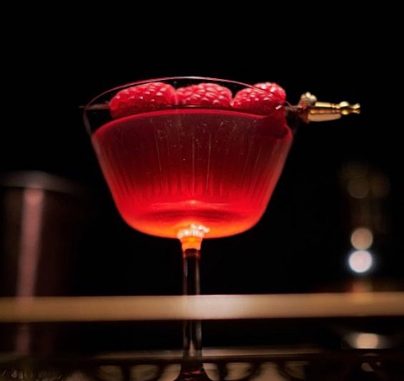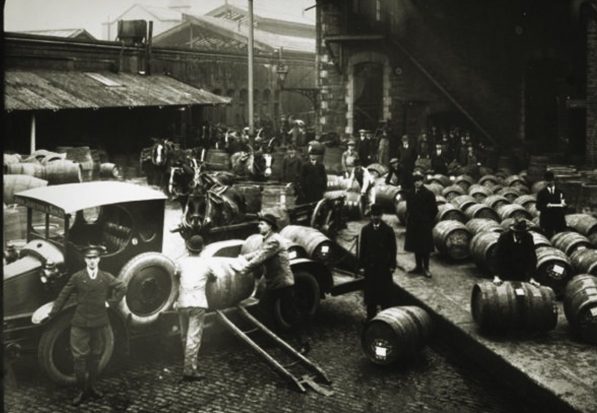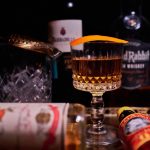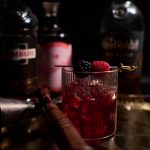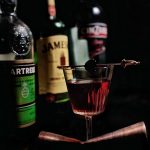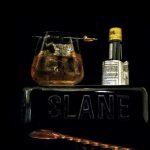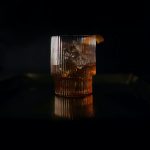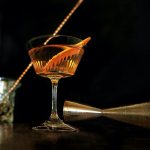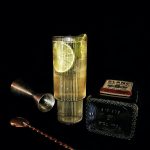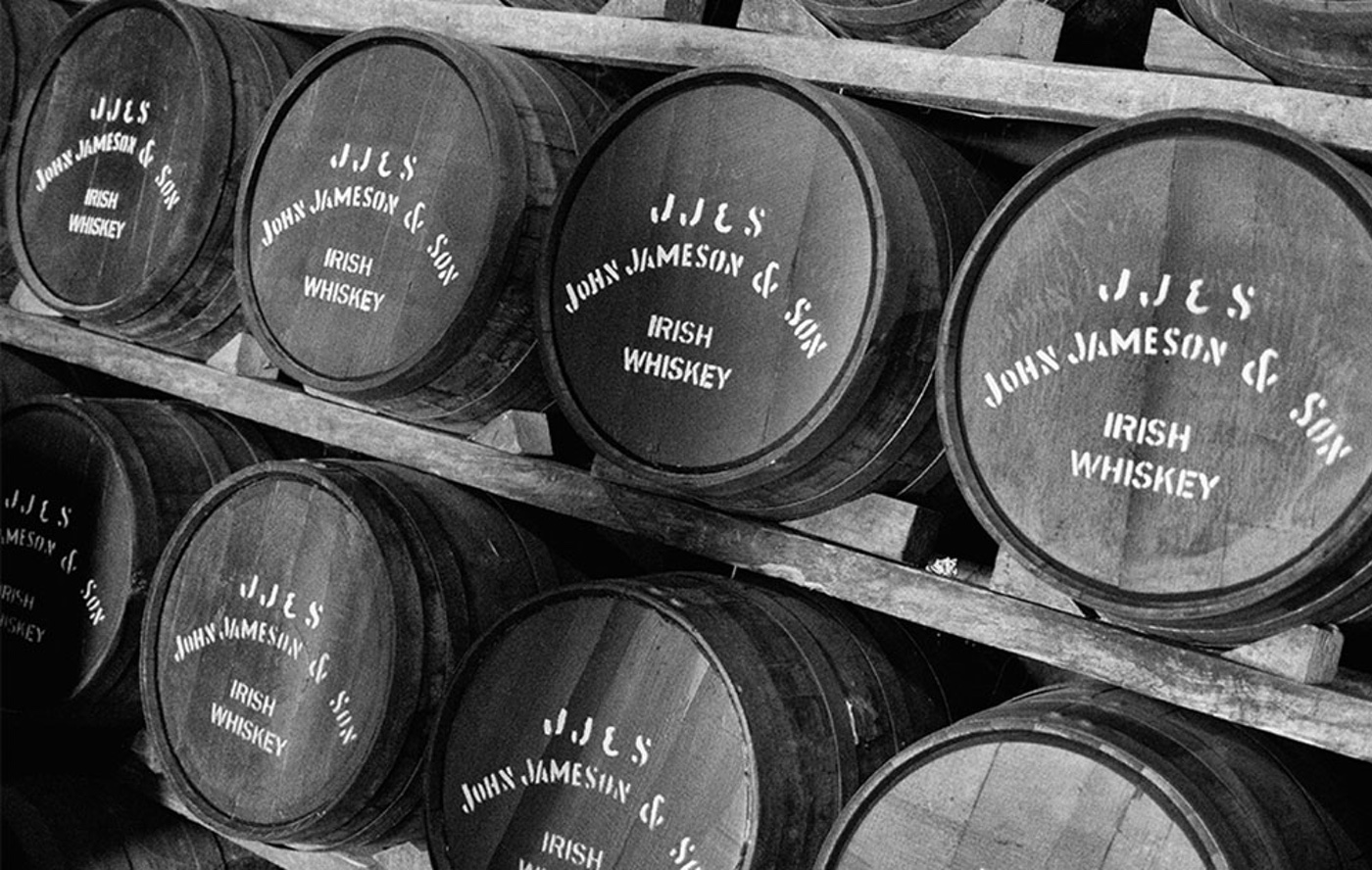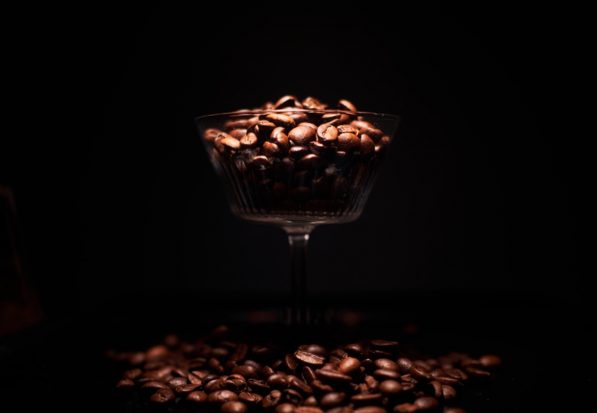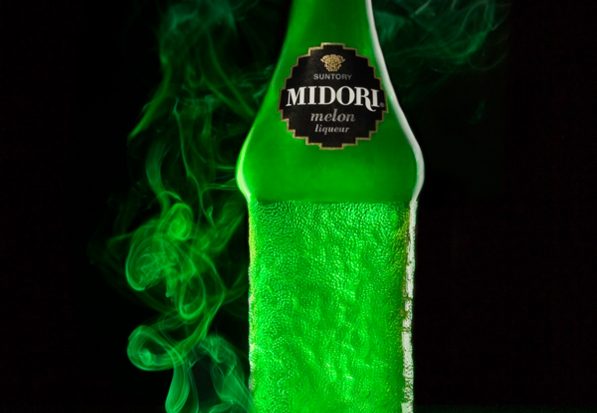Why do the Irish drink so much on St Patrick’s Day? Well, March 17th is smack dab in the middle of Lent, a time when observant Christians often refrain from indulgences like eating meat or drinking alcohol. But the church makes an exception for St. Patrick’s Day, which means the day has been associated with drinking—especially beer and whiskey, Ireland’s two native drinks—since the very beginning.
It’s believed that Irish whiskey was one of Europe’s earliest distilled spirits and that it’s been around for centuries before its first recorded mention back to 1405. The word whiskey itself, has Gaelic roots, deriving from the term uisce beatha – meaning ‘water of life’.
Now while the exact origins of whiskey are widely debated, it is commonly believed that it was the monks who first dabbled in distilling, adapting skills they picked up distilling perfumes while on trips to the Mediterranean during the 11th century.
By the 16th century, Ireland was swimming in Whiskey, so the King wanted a cut (as is their way) and so introduced the need for distilleries have a license. The first Irishman to get a license to distil was Sir Thomas Phillips, the landowner in the town of Bushmills, a distillery that still exists today.
At this stage, there were two types of whiskey that were being produced in Ireland, the legal one which was called Parliament Whiskey and the illegal one that was being produced by what we now would call moonshiners called Poitín (which means small pot in Gaelic).
But by the 18th-century demand for whiskey skyrocketed, so distillers started diluting their product, so hardcore regulations followed and as a result, many distilleries were forced to close. Although there were 1,228 distilleries in 1779, there were only 32 left by 1821.
To reverse this effect, reforms and lower taxes were introduced and soon whiskey exploded again. Ten million gallons of whiskey was the yearly tally by 1823. But things began to get even easier with one outstanding invention. In 1932. Irish inventor Aeneas Coffey invented a column still, called the Coffey Still, which made for faster and more efficient production of whiskey.
The Scots embraced the invention wholeheartedly, but the Irish were reluctant to take it up, scoffing at the grain whiskey it produced. But the Coffee Still allowed the whisky that the Scots produced to be not only continuous in production but also cheaper to produce and sell. Understandable, the Scots took a large chunk of the market share away from the Irish.
And this is where their distinction in spelling comes in the picture. The Irish distillers believed that there should be a distinguishable difference between their pure Irish whiskey and the disruptive Scottish whisky. Before then everyone had spelt whisky without the ‘e’ but to set them apart, the Irish added the ‘e’ to all their labelling.
Shortly after that, the Irish war of independence and the US move to Prohibition cut off their access to their two major markets, the UK and the US respectively. During this time production of Irish Whiskey plummeted and the Scots were able to take the mantle as the main whisky producers in the then British Empire dominated world.
So for decades, Irish whiskey floundered, but in the late 1980’s that all changed again, as existing distilleries started to amp up their production and old distilleries reopened.
Since then, the category has blossomed with a variety of new distilleries entering the market. Now, therefore, is the perfect time to go and buy a bottle and try out a few of the cocktails that we have listed.
